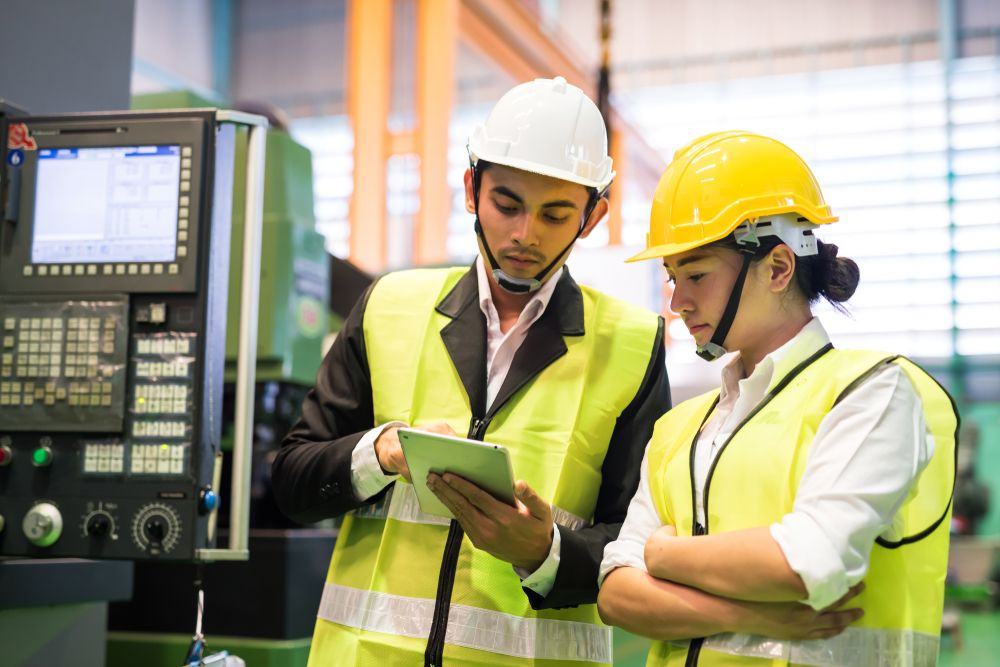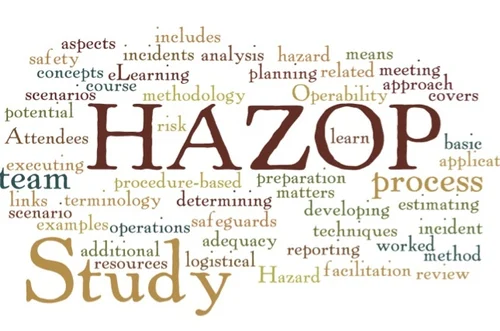Leveraging Artificial Intelligence to Enhance Safety Audit Processes

Safety audits are essential for identifying potential hazards, ensuring regulatory compliance, and fostering a safe working environment. With the advent of Artificial Intelligence (AI), safety audits are undergoing a significant transformation, enhancing efficiency, accuracy, and predictive capabilities. AI-driven safety audits are helping industries proactively address risks while improving overall workplace safety.
Understanding AI in Safety Audits
Artificial Intelligence refers to the use of machine learning, deep learning, and automation to analyze vast amounts of data, detect patterns, and provide insights that improve decision-making. In safety audits, AI can automate data collection, analyze historical incidents, and predict potential risks. This advancement allows for a more comprehensive and efficient audit process, reducing human errors and ensuring compliance with safety regulations.
Key Benefits of AI-Enhanced Safety Audits
1. Improved Data Collection and Analysis
AI-powered tools collect and analyze data from multiple sources, including IoT devices, CCTV cameras, sensors, and historical records. This comprehensive data approach allows organizations to identify risk trends and implement proactive safety measures.
2. Predictive Risk Assessment
AI algorithms analyze past incidents and predict potential hazards before they occur. Predictive analytics enables organizations to address risks proactively, minimizing workplace accidents and improving overall safety.
3. Real-Time Monitoring and Alerts
With AI-integrated safety audits, real-time monitoring is possible. AI tools detect anomalies and alert safety managers instantly, allowing for immediate corrective actions. This feature is particularly beneficial in high-risk industries such as manufacturing, construction, and chemical processing.
4. Enhanced Compliance and Documentation
AI simplifies compliance by ensuring all safety protocols are met. Automated documentation and audit reports streamline regulatory adherence, reducing the likelihood of non-compliance penalties.
5. Automation of Routine Audits
Routine safety audits can be automated using AI, saving time and resources. AI-driven tools schedule inspections, collect data, and generate reports, allowing safety professionals to focus on high-priority tasks.
AI Applications in Various Safety Audits
1. Hazop Study
A Hazop Study (Hazard and Operability Study) is a structured process used to identify potential hazards in industrial operations. AI enhances this process by analyzing large datasets, detecting potential failure points, and suggesting mitigation strategies. This leads to more accurate risk assessments and improved process safety.
2. Fire Audit
AI is transforming Fire Audit procedures by using predictive analytics to assess fire risks. AI-driven simulations model fire scenarios, helping industries implement preventive measures and optimize fire safety protocols. Additionally, AI-enabled smart sensors detect fire hazards in real time, allowing for immediate intervention.
3. Safety Audit
A Safety Audit evaluates workplace safety measures and regulatory compliance. AI-driven audits ensure comprehensive hazard detection, automate inspections, and generate real-time reports. Machine learning models identify patterns from previous audits to recommend improved safety measures.
4. Process Safety Management
Process Safety Management (PSM) focuses on preventing hazardous incidents in industries handling toxic substances. AI aids PSM by analyzing process data, detecting anomalies, and predicting equipment failures. This predictive approach minimizes operational risks and enhances safety procedures.
5. The Role of a Safety Consultant
A Safety Consultant plays a critical role in designing and implementing AI-powered safety audits. By leveraging AI tools, safety consultants provide organizations with advanced risk assessment methods, real-time hazard detection, and automated compliance tracking.
Challenges and Considerations in AI-Driven Safety Audits
While AI offers numerous benefits in safety audits, its implementation comes with challenges. Organizations must consider the following factors:
- Data Security and Privacy: AI systems collect vast amounts of sensitive data. Ensuring cybersecurity measures are in place is essential to protect confidential information.
- Initial Implementation Costs: Deploying AI-driven safety audits requires investment in technology and training. However, the long-term benefits outweigh the costs.
- Integration with Existing Systems: AI tools must seamlessly integrate with existing safety protocols and software to maximize efficiency.
- Human Oversight: While AI enhances audits, human expertise remains crucial for interpreting AI-generated insights and making informed safety decisions.
Future of AI in Safety Audits
The future of AI-driven safety audits looks promising, with continuous advancements in machine learning and automation. AI is expected to:
- Improve predictive analytics for risk management.
- Enable autonomous safety inspections using drones and robots.
- Enhance real-time hazard detection with AI-powered sensors.
- Streamline compliance monitoring through AI-integrated reporting tools.
Conclusion
Artificial Intelligence is revolutionizing safety audit processes, making them more efficient, accurate, and proactive. By integrating AI into safety audits, organizations can enhance workplace safety, reduce risks, and ensure regulatory compliance. As AI technology continues to evolve, its role in safety management will become even more significant, paving the way for a safer and more secure work environment.







